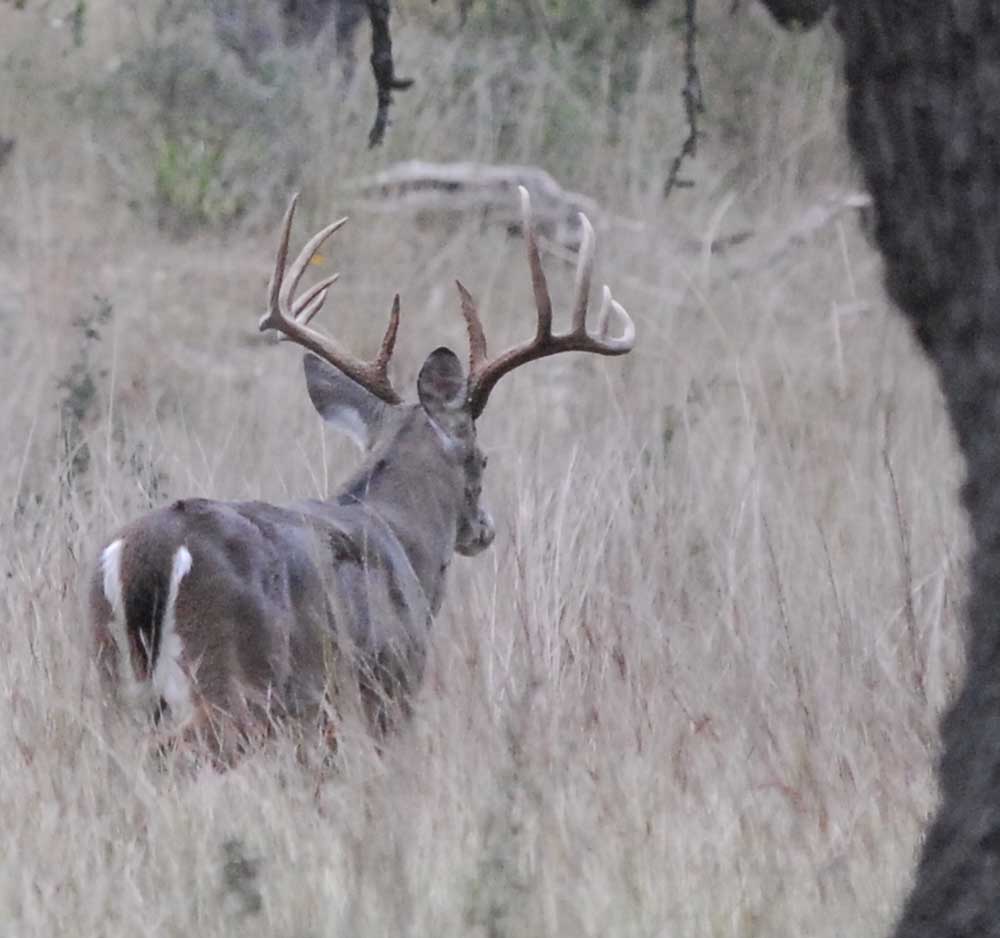Law And Order: Filling Out Tags, Other Paperwork Important Step For Hunters
Published 11:45 pm Saturday, October 17, 2020

- After successfully taking a deer, the work begins for hunters starting with filling out their tag and license log. There are other rules covering recovering meat, processing and transportation.
The popular saying is that the real work in deer hunting starts when the deer is shot. That is when it is time to field dress the animal and in some cases quarter it for transport home.
It is also the time when hunters are on the clock to get all the paperwork done right so the excitement of the hunt does not turn into a legal issue.
The vast majority of Texas’ 800,000 deer hunters are legal hunters. They buy their licenses, do not poach, hunt during legal shooting hours within the season framework and harvest their meat. Those are the big details. For those hunters it is the small things that can get them in trouble with their local game warden.
Texas hunters used to get a regulations guidebook when they bought their license, but this year it went online only. Either way it is a guide and does not always explain all the rules, or maybe not clearly enough because for years I have known long-time hunters confused by exactly what they are supposed to do, or when. And the process, in some cases, differs whether you are hunting on license tags or using Managed Lands Deer Permits
In either case the first step in the process begins in the field shortly after the deer is down.
“Hunters required to use tags from their hunting license must execute the tag and attach it to the deer immediately,” explained Stormy King, Texas Parks and Wildlife Department assistant commander for wildlife enforcement.
That means the appropriate buck or doe tag must be filled out, the date cut out and attached to the deer before the deer is moved out of the field.
Along with the tag, hunters must also flip their license over and fill out the harvest log on the bag. When this was first initiated, failure to fill out the log was one of the most common citations given by wardens because hunters often forgot. King said that created issues in bag limit enforcement and policing antler restriction regulations.
Most hunters know they are required to recover edible meat from the deer. In Texas that means at least the two front shoulders, two hindquarters and backstraps. However, many hunters go beyond that taking neck meat, tenders and either the ribs or scraps from the ribs.
This can be done by either taking the entire carcass or by quartering the deer in camp, but hunters may not go beyond quartering the deer until they get it home to process or to a commercial processor.
The next step is getting the deer home, and with the right paperwork if the meat is going to the processor, and the hunter was lucky enough, to get a trophy to a taxidermist.
“The tag remains with the meat. The head of the deer serves as proof of sex and must accompany the carcass until it reaches a final destination and is finally processed,” King explained.
But there are exceptions to keeping the head until reaching the meat processor and that includes a signed statement from the landowner identifying sex or a receipt from a taxidermist if you go there first. The statement should include the hunters name, date of the kill and sex of the animal.
Another exception involves hunters hunting with MLDPs. In that program the permit serves as the proof of sex and hunters are not required to retain a head. They are required to keep the permit with the meat until reaching the final destination.
King said hunters can transport multiple deer in a single ice chest, however, it must be done in a way in which the meat can be attributed to the proper tag. That means the meat must be bagged or stacked separately.
Hunters who give their meat to someone else before having it processed must also give them a Wildlife Resource Document, which must include the hunter’s name, phone number, address, and hunting license number, the name of the person it was given to, the type of animal, date it was taken on, ranch where it was taken, the hunter’s signature and date. An example is available at https://tpwd.texas.gov/publications/pwdforms/media/pwd_980_l2000_wildlife_resource_document.pdf.
It seems like hunters are asked to jump through a lot of hoops to stay legal, and they are. The key thing to remember is that these rules are not there to trap hunters playing by the rules. It is help catch those that do not.







